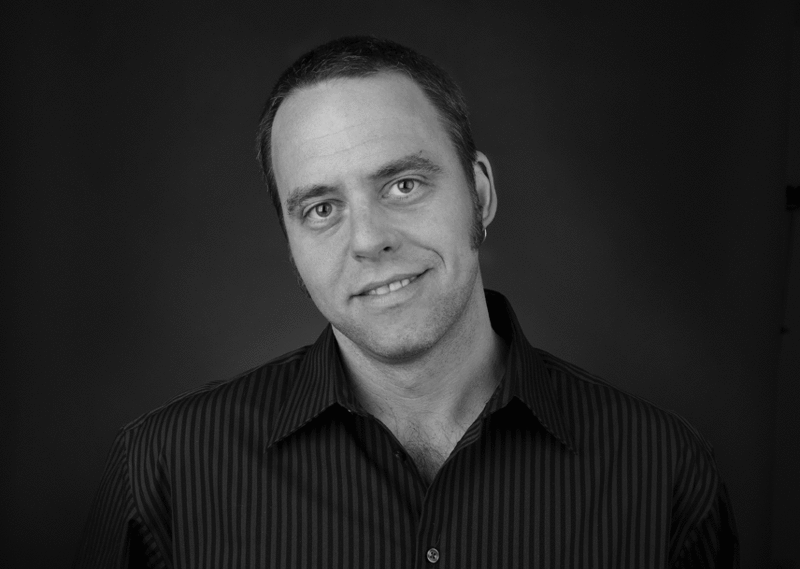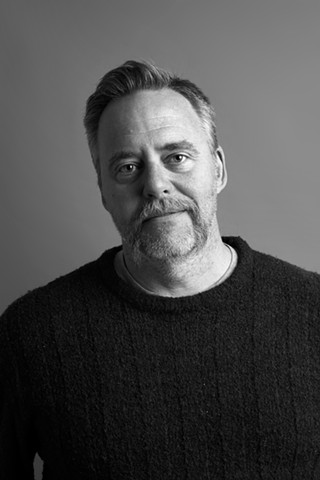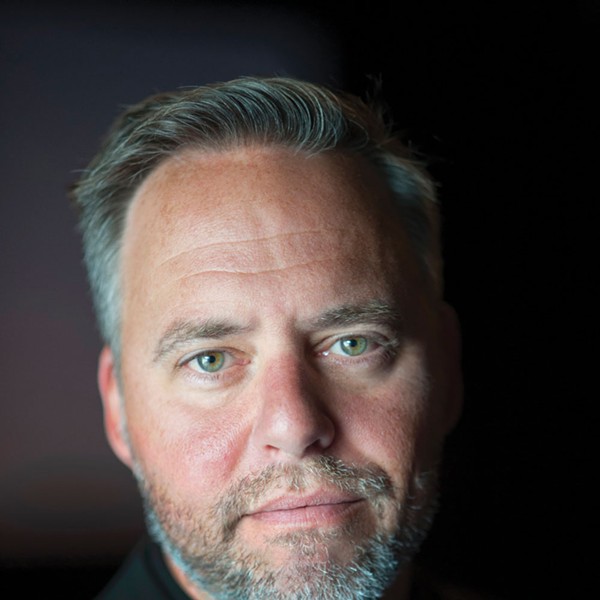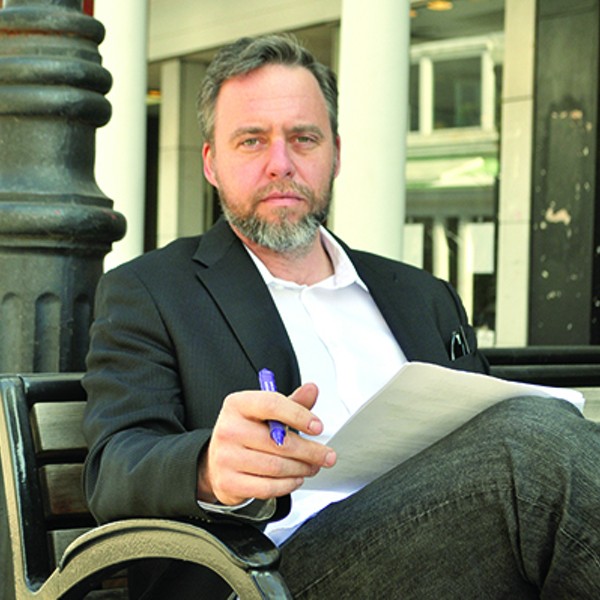If I were to say to you that it’s people who make this magazine—both literally and figuratively—you would nod in the affirmative. While you might take exception to the magazine’s industrial manufacture, that this bundle of paper and ink is created by an enormous machine, and that we no longer set type by hand (we have smaller machines that sit on our desks that do that for us), there is little doubt that humans created this document. We created the machines that created the paper, the ink, the programs with all the fonts, the printing press itself. A human hand, powered by an individuated, fiery consciousness, was at the switch the entire time, from the first keystroke of an e-mailed story assignment to the drop of the final magazine.
This is not news. We don’t stop the presses for its like.
But as I was going over the proofs this month before we went to press the names of people kept jumping off the page at me. The humans—all bearing the arbitrary, parent-given signifying marks that we use to identify each other—that pose in the group portrait that is this month’s Chronogram. And I don’t just mean the contributors (though you can see who we are on page 8); I’m also referring to the artists, foreign policy experts, community leaders, writers, healers, entrepreneurs, musicians, and all those “everyday people” who don’t bear the weight of a title or fit into a neat category in an editor’s compartmentalizing mind.
Reading a magazine is a seamless experience for the reader; flipping from one page to the next an organic movement. Which is what we aim for, yet it can often feel like a bricolage in the process of making it, with all the elements scattered across the desks in our office like so many pieces in a jigsaw puzzle. (Does anyone do jigsaw puzzles anymore?)
For reasons I’m still unsure of, this month I was able to see past the names themselves—as profile subject, or writer, or interviewee—and engage the magazine as a whole. Like a reader! Here’s some of what I saw:
The most stinging rebuke I’ve yet seen committed to paper about Laura Bush’s multimillion-dollar book deal appears in our Books section (page 36). The quote belongs to Malachy McCourt, and I won’t spoil the bad-mouthed fun of it by reprinting it here. Nina Shengold profiled the prolific, profane brothers McCourt—Frank (the Pulitzer prize winner), Malachy (the Green Party gubernatorial candidate), and Alphie (the youngest brother with the dry wit)—memoirists all, who will be headlining this month’s Woodstock Memoir Festival.
I e-mailed local radio documentarian Jim Metzner last month after I had heard a piece he narrated on WAMC about David Sharps, a juggler and neo-Vaudevillian who had turned a waterfront barge in Brooklyn into a floating museum and performance space. The story was part of something called the Sound and Story Project of the Hudson Valley. I inquired after the venture, and Jim referred me to Eileen McAdam, the project’s director, who is probably out recording as you read this. I spoke with her about her ongoing audio documentary of our region (page 11).
Elisa Pritzker is a force of nature in the local artistic community (and beyond the confines of my slim editorial purview as well). Artist, gallerist, curator, cheerleader, and consultant, Elisa has championed the arts and area artists since founding the Highland Cultural Center. It is my profound pleasure to finally feature Elisa’s work in the magazine. Her Gothic Art Paper appears as our Parting Shot (page 96).
Sparrow previews an exhibition of outsider art opening this month at Vassar’s Lehman Loeb Art Center, “Faith and Fantasy in Outsider Art from the Permanent Collection” (p. 85), drawn from the 100 works given to the college by alumna Pat Parsons, an early patron of outsider art. Sparrow, who knows a thing or two about being a dark horse himself—he recently finished his fifth run for the presidency, on the Sudoku-for-All Party ticket (funny campaign speeches here: www.sparrowforprez.com)—makes some interesting observations about auto-didacticism in art.
You would think, from the way she often manages to appear in our pages, that Puja Thomson was related to someone on the masthead. She’s not, I promise. But the reason we keep talking with Puja is that, not only does she have the sweetest burr of a Scottish brogue that ever did blow our bonny way, but she’s also wise and funny, and down to earth. Puja is an interfaith minister—she spoke to Kelley Granger about how to choose a minister that’s right for your wedding or celebration (page 53). She’s also a cancer survivor and an award-winning author of a book on how to not only survive cancer, but to thrive through the process, from diagnosis to healing. Health and wellness editor Lorrie Klosterman asked Puja’s advice for our article on living with serious illness (page 68).
I don’t ever get to meet the poets we publish. Not that we keep them locked in a subbasement pounding away on rusting old manual Italian typewriters or anything; it’s just that they submit their work directly to Phillip Levine, our poetry editor, who curates the section each month and sends me his final selections in a neat little bundle.
Even I, who is an avid reader of poetry, do not always spend as much time as I’d like with the poetry in Chronogram. It’s a piece of cake from an editing angle, so I usually rush off to double check the spelling of Afghan warlords’ names instead (see “Can Barack Obama Save Afghanistan?” by Vanni Cappelli, page 18).
Allowing myself the time to actually read this month’s poems, and live with them in my mind and in my mouth for a while, I was taken aback by Cynthia Poten’s “Anybody Knows What Love Is” (page 42). The poem ends thusly:
For every day you love, a snowflake
Melts on your cheek, and every night a star trembles
over the town, keeping watch as you sleep
children safe in their beds, mice nibbling in the dark.
We are snowflakes. We are children safe in their beds. Even the mice. Don’t forget the mice. Let us save the world, if only for the mice, nibbling in the dark.
Get your weekly dose of Chronogram on Tuesday mornings at 8:15 with Brian and
Greg Gattine on “The Morning Show with Gattine and Franz.” WDST 100.1FM.


















